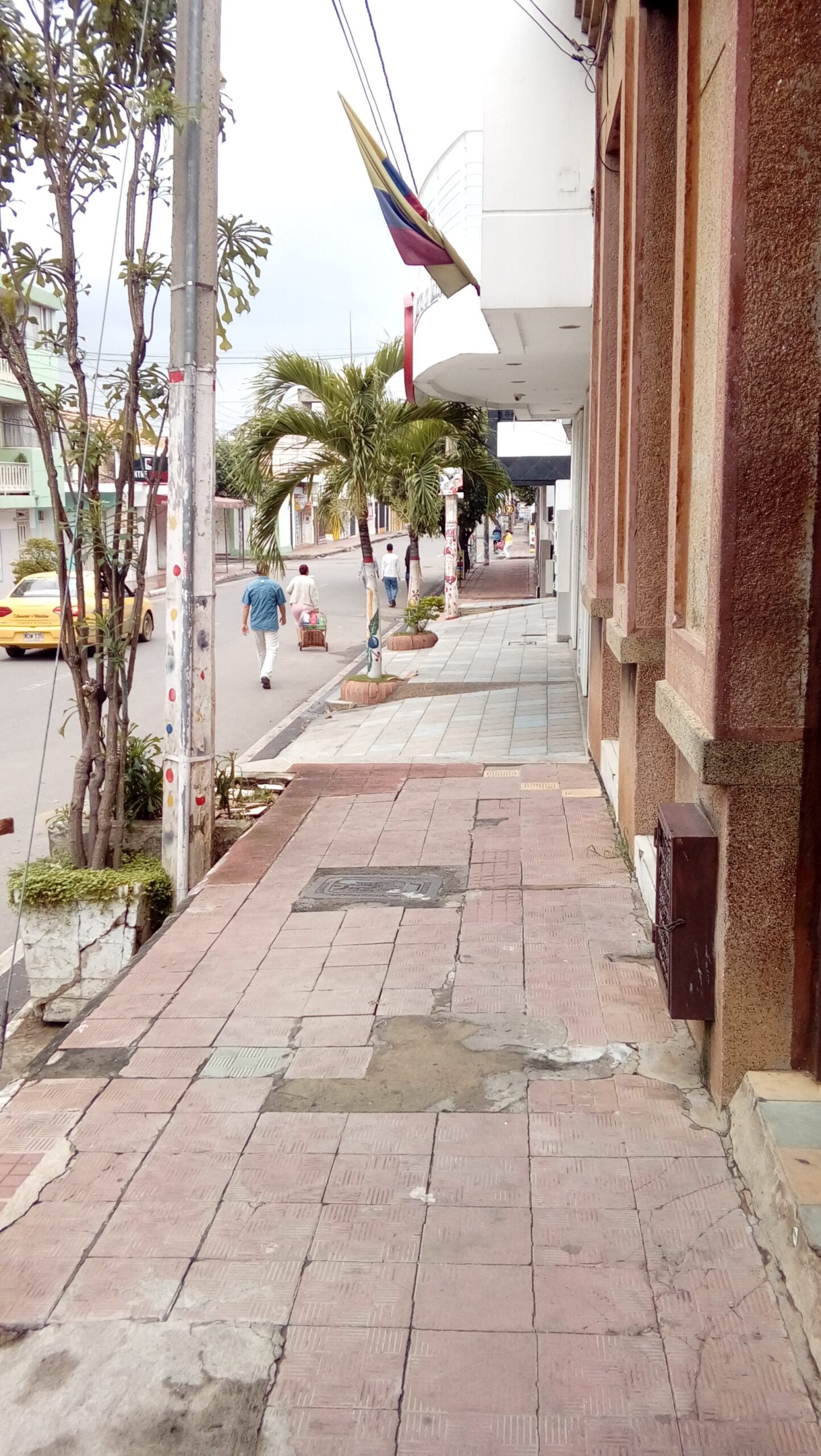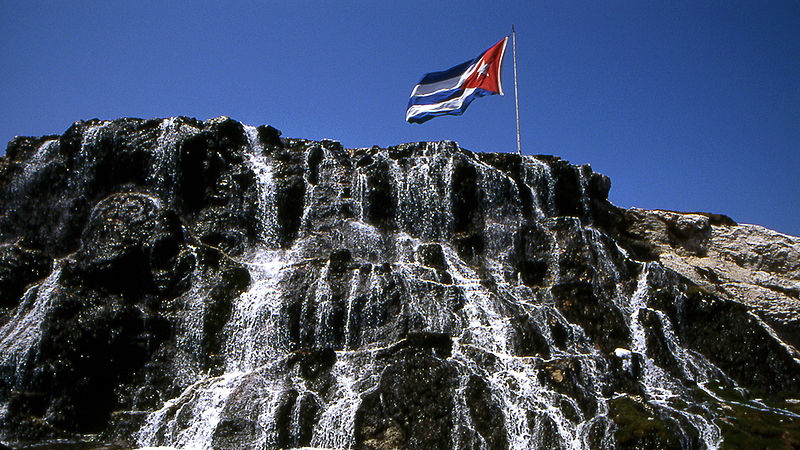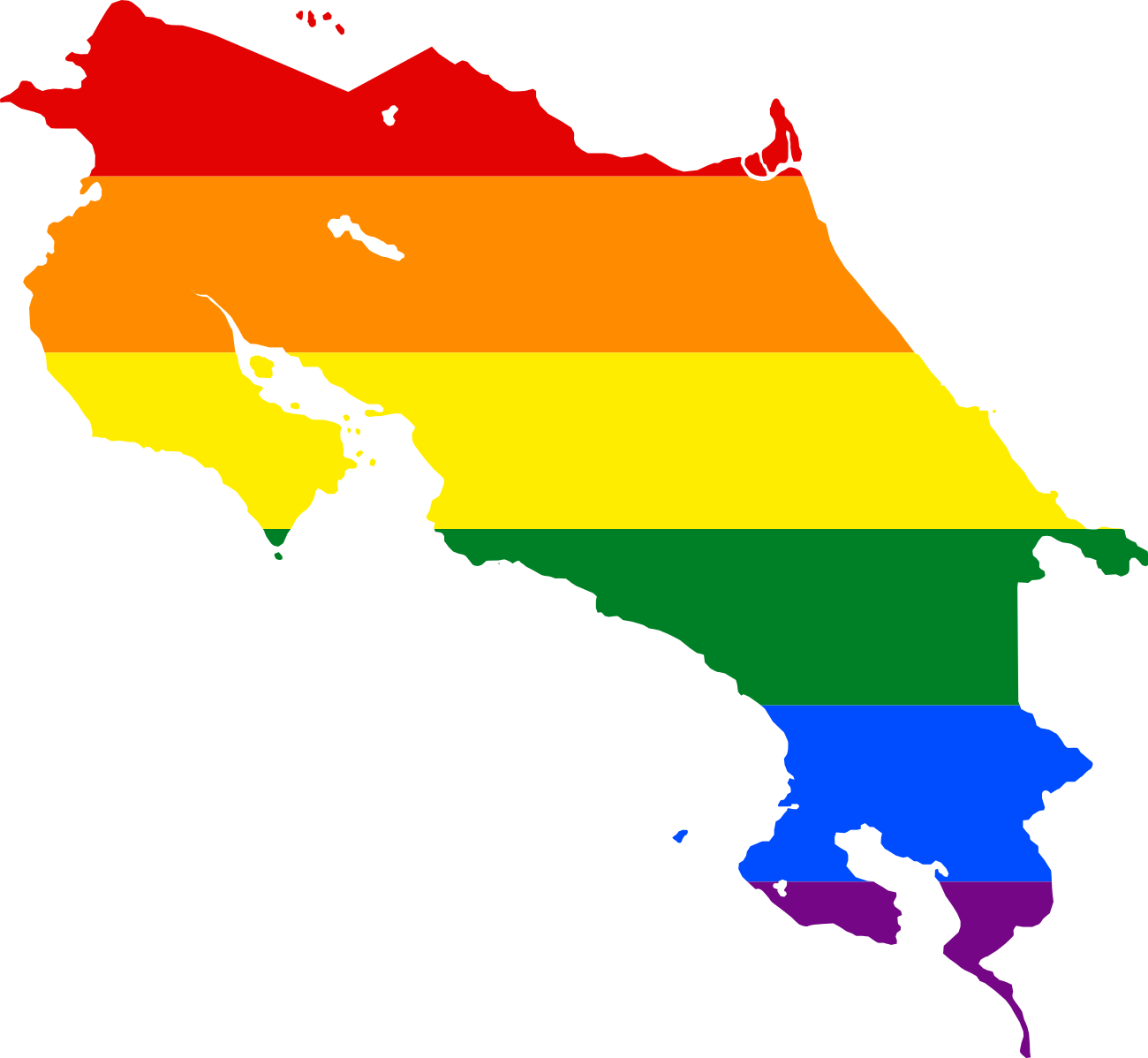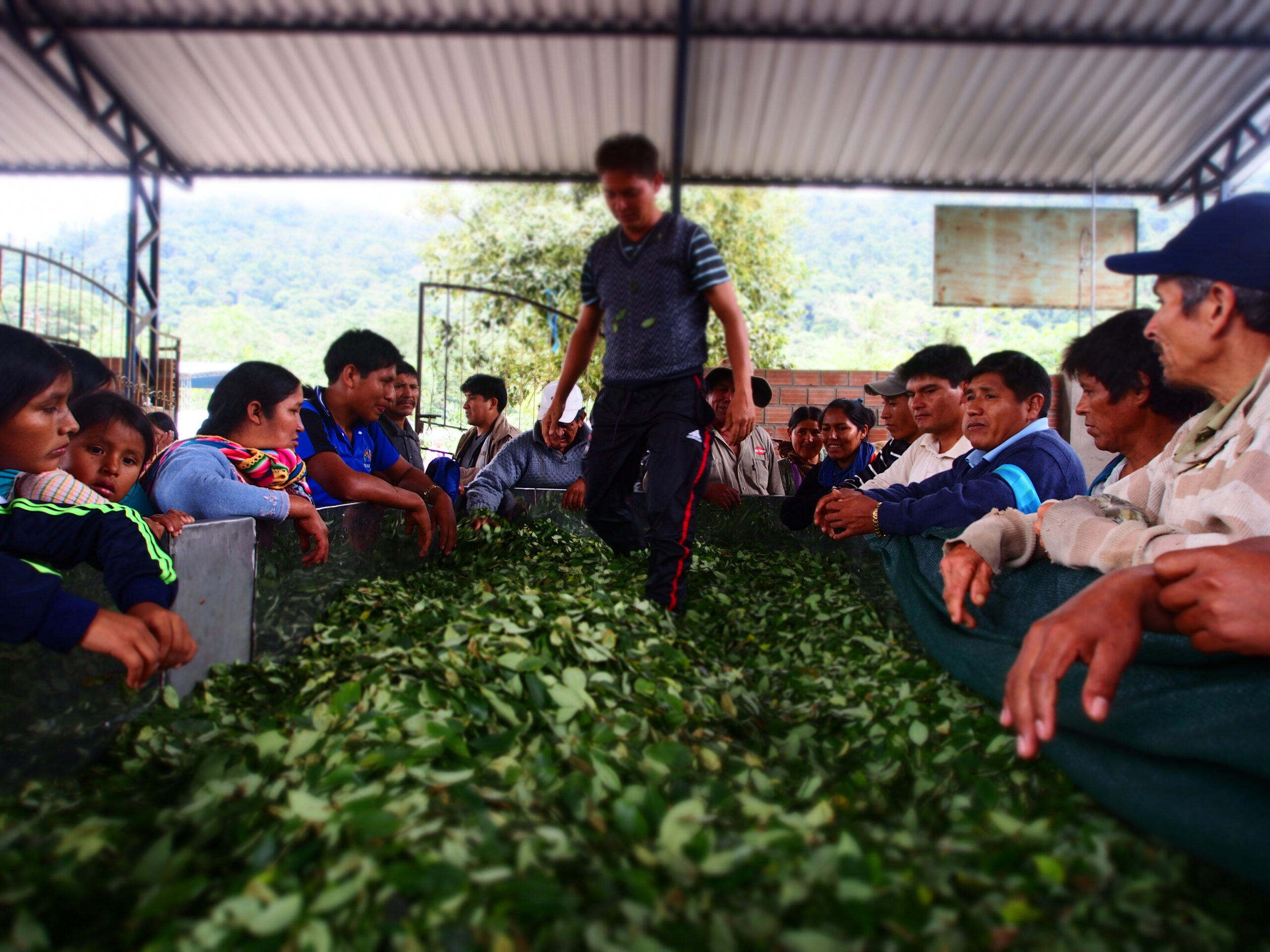
Brazil, Dispatches, Features, Southern Cone
The Next Deadly Virus Could Start in the Amazon, Brazilian Scientists Warn
May 19, 2020 By marthapskowski
How is an infectious disease born?
That is the question that set Joel Henrique Ellwanger on the path of studying emerging diseases in his home country of Brazil. As Ellwanger was studying the risk of disease spillover in Brazil, COVID-19 showed the world just how dangerous emerging viral diseases can be. As of May 19, nearly 17,000 people have died of COVID-19 in Brazil, according to data collected by Johns Hopkins University. In the Western Hemisphere, only the United States has more confirmed cases and deaths than Brazil.
A postdoctoral fellow in the Laboratory of Immunobiology and Immunogenetics of the Federal University of Rio Grande do Sul, Ellwanger now spends his days helping the university provide diagnostic testing for COVID-19 in Porto Alegre, in Southern Brazil. But he also is sounding the alarm that if rampant Amazon deforestation continues, Brazil could be the source of the world’s next viral pandemic.
“People need to understand that preserving biodiversity and keeping forests intact are effective ways to preserve public health,” he said in an interview.
Spillover is when a pathogen “jumps” from an animal host to a human one. Compared to China and Central Africa, South America is relatively uncharted territory for the field of viral ecology, which studies these diseases, known as ‘zoonotic’ for their animal origin. Ellwanger is one of a growing cohort of Brazilian biologists, virologists and ecologists researching the potential for new viruses to cross over to humans as habitats of animal hosts in the Amazon are increasingly destroyed. In fact, Ellwanger is a lead author of a newly published paper finding that “the current Amazonian landscape, characterized by rainforest, environmental degradation, and close contact of humans and domestic animals with wild species, is quite favorable for pathogen spillover.”
Brazil is no stranger to infectious diseases and zoonotic viruses. Dengue, chikungunya, Zika, yellow fever and H1N1 have all plagued Brazil in the past decade. Even as the coronavirus pummels Brazil, right-wing President Jair Bolsonaro has gone so far as to join a protest against stay-at-home measures. Bolsonaro sacked his health minister, and his replacement stepped down last week.
While young scientists like Ellwanger are eager to contribute to research on infectious disease and the response to COVID-19, establishing a career is increasingly difficult as the federal government cuts university funding and investment in science.
“These cuts will have substantial negative impacts on Brazilian science and public health,” Ellwanger said. “We are facing a very bad scenario.”
Ellwanger is researching how reducing forest cover in the Brazilian Amazon contributes to zoonotic disease spillover by forcing animals out of their normal habitats and into closer contact with humans. With a team of researchers, he analyzed more than 400 papers to synthesize existing research on Amazonian deforestation and infectious diseases. The researchers found that the expansion of farming and pasture lands in the Amazon is the “main factor” contributing pathogen spillover. The paper also found that poor healthcare infrastructure and unsanitary living conditions in parts of the Amazon are a “perfect storm” for outbreaks.
“It is very difficult to predict where or when a new pathogen or outbreak will emerge,” he cautions. Brazilian researchers have focused on bats, rodents, and primates so far. But Ellwanger says that effectively communicating their findings is important, to avoid creating a stigma. “The problem is not bats, but how humans interact with wild species,” he said.
The risk of animal-to-human viral transmission is growing under President Bolsonaro, whose policies have emboldened ranchers, farmers, and extractive industries eyeing the Amazon rainforest.
Deforestation in the Amazon hit a 10-year high in 2019, when 3,769 square miles were lost. So far in 2020, deforestation continues to accelerate. Mining and other extractive activities are also on the rise. Brazil’s indigenous reserves are particularly hard hit. In September 2019, a group of experts on zoonotic diseases warned that the fires raging in the Amazon could provoke disease outbreaks. They wrote that fires cause animal species to change their habitats and behaviors, increasing the risk of transmitting pathogens to humans.
“The government is relaxing inspections and controls, and creating more deforestation,” says Philip Fearnside, an ecologist at the National Institute for Research in Amazonia in Manaus, the largest city in the Amazon region. “There are lots more opportunities for transmission to occur, in addition to the other problems or greenhouse gas emissions and loss of biodiversity,” adds Fearnside, who is a coauthor with Ellwanger on the new paper.
The paper uses the “One Health” approach, which recognizes the interconnectivity of human, animal, and environmental health. In Brazil’s remote Amazonian communities, indigenous people are highly susceptible to respiratory illnesses and viral diseases. These communities face the direct impacts of deforestation and could be the first victims – but not the last – as a new pathogen crossed from animal to human.
President Bolsonaro has rejected scientific advice in his response to the coronavirus pandemic. When his popular Health Minister Luiz Henrique Mandetta and state governors insisted on social distancing measures, he fired Mandetta and declared the economy must “return to normal” as soon as possible. Bolsonaro has also promoted the use of chloroquine, a drug that may do more harm than good when administered to some COVID-19 patients. His recent statements are just the latest examples of Bolsonaro’s disregard for scientific expertise. Last September, the National Council for Scientific and Technological Development warned that grants and scholarships for more than 80,000 Brazilians were at risk due to budget cuts. These decisions impact students and early career researchers, including those researching biodiversity.
Ellwanger says there are practical barriers to carry out scientific work when funding is drying up. Several master’s, doctoral and postdoctoral fellowships at his university have been eliminated. He says the humanities have also been hit hard, pointing to the Bolsonaro government’s April decision to cut scholarship funding to undergraduate students.
“These scenarios are very discouraging for the scientific community,” he says. “Especially for young researchers who find it difficult to envision a stable scientific career in Brazil.” Many of those young scientists turned to the field of emerging disease and viral ecology after the Zika epidemic of 2015-16, when thousands of pregnant women carrying the virus gave birth to children with unhealthily small heads, a condition known as microcephaly that can lead to learning disabilities and other developmental problems.
Fernando Rosado Spilki, a researcher at Feevale University and president of the Brazilian Society of Virology, says that despite Bolsonaro’s halting response to COVID-19, health and science authorities have extensive experience handling infectious diseases in Brazil.
“There are people in the government that know what we need to do to stop the spread of the disease,” Spilki says. “The governors of the provinces are very aware.” Spilki, who is also a co-author of the recent paper, says that ongoing outbreaks of dengue and the impending influenza season complicate the response to COVID-19. Brazil and the rest of the Southern Hemisphere will soon enter winter when respiratory illnesses prosper.
While more Brazilian scientists are now studying new viruses collected from animals, there is relatively little research underway in the Amazon, where the potential for spillover is high, according to Spilki. He hopes Brazil will establish a network of laboratories, like what exists in China, to monitor new viruses and track how they circulate. “We know that new viruses are out there,” Spilki says. “And every time we destroy some of their habitat, they come closer to human beings.”
While Ellwanger agrees that a more robust monitoring system is needed in the Amazon, he knows the priority now is to control the COVID-19 outbreak. He is one of 60 volunteers from his university who came forward to conduct diagnostic tests on people who may have been exposed.
As painful and politically polarizing as the pandemic has been for Brazil, the crisis has at least drawn attention to the necessity of preventing pathogen spillover by protecting biodiverse ecosystems like the Amazon.
“Wild animals and their pathogens offer little risk to humans if we keep them in their natural habitats,” he says. “Animals such as bats are not to blame for emerging diseases. Those responsible for the disease are the humans who invade the habitats of these animals.”
Banner photo from the Brazilian Environmental and Renewable Natural Resources Institute via Flickr.





